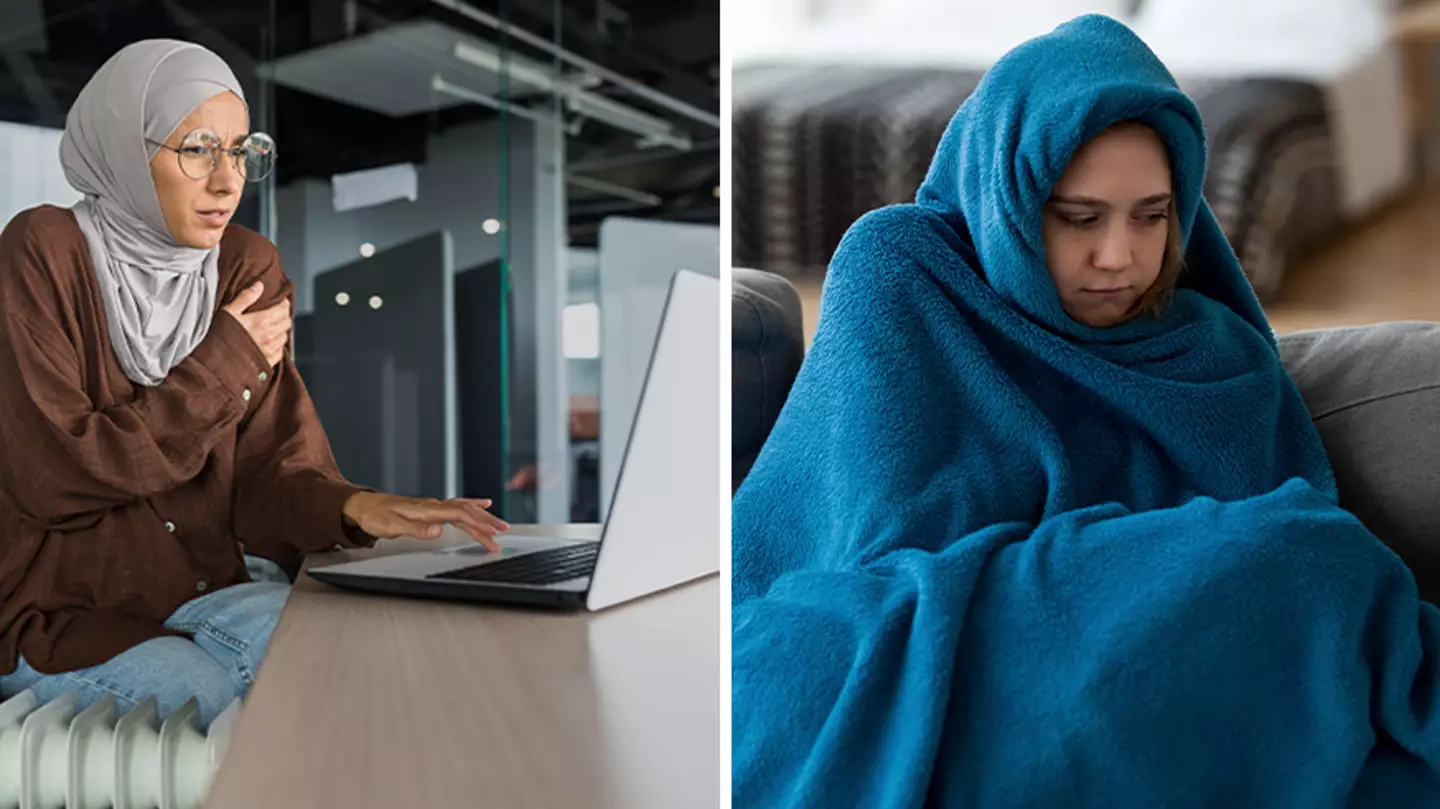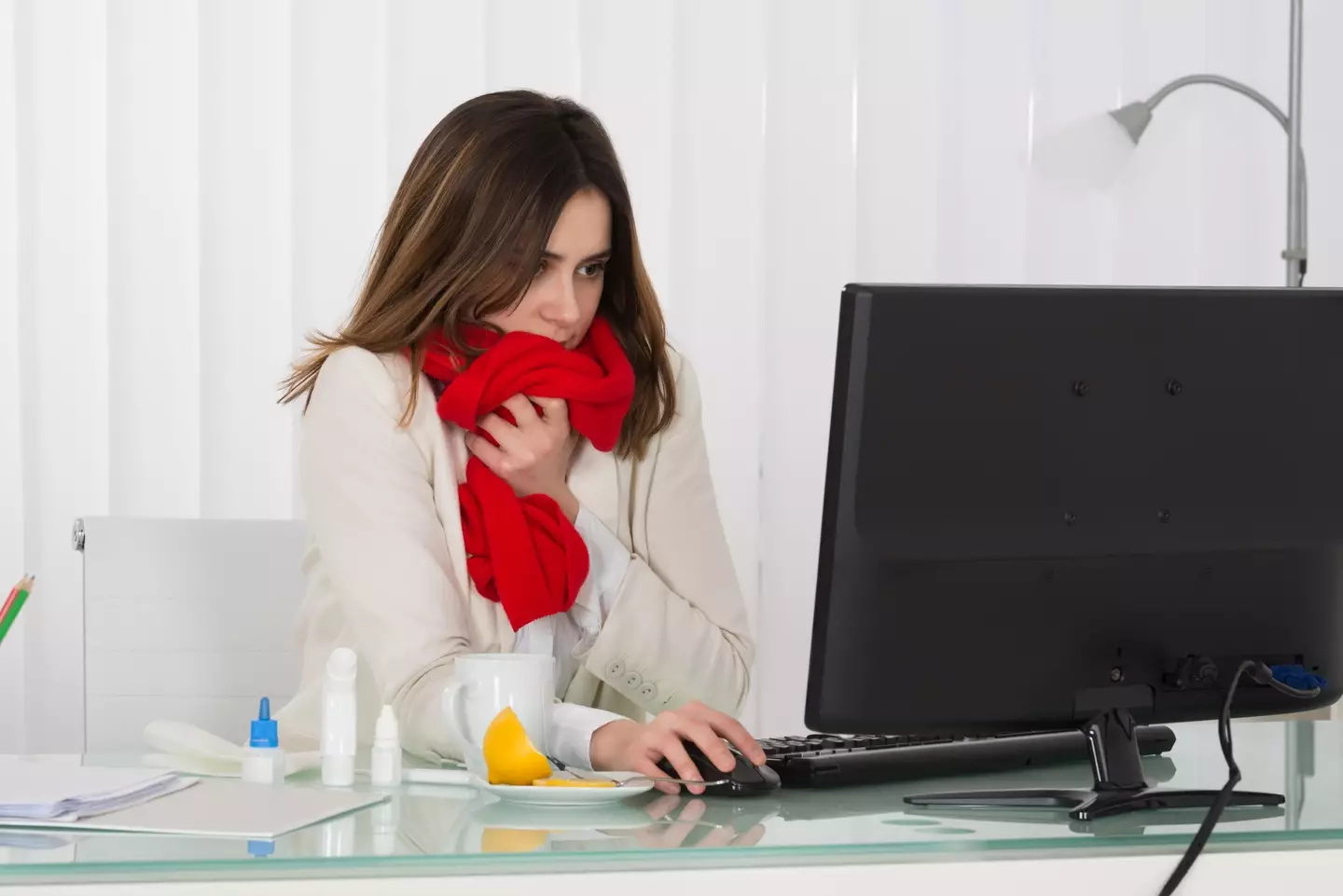
Cold offices are not the one, which is why there’s an entire section on the government website dedicated to ‘reasonable work temperatures’ in indoor places of work.
But what exactly is ‘reasonable’? Well, unfortunately, an open fire and cups of hot chocolate aren’t a government requirement.
That said, government guidance does specify a minimum work temperature.
Advert

Laws formed around health and safety at work clarify that not only must employers keep temperatures at a comfortable level, but they must also provide fresh, clean air.
Requirements for workplace temperatures are set by the Workplace (Health, Safety, and Welfare) Regulations 1992.
Anyone not happy with their place of work’s heating is advised to speak to management or a union rep.
Advert
Ways that employers can take action include pipe insulation and thermal risk assessments.
According to the Evening Standard, a minimum of 16ºC (13ºC if employees are tasked with physical work) is suggested as a minimum temperature, although a maximum temp isn’t outlined.
While we’re on the ‘chilly weather advice’ front, it’s probably worth bringing your attention to a money saving expert’s recommendations for cooking this festive season.
Speaking on his podcast, money saving expert Martin Lewis has issued a warning about one kitchen appliance in particular and just how much money using it can cost you.
Advert
Lewis warned against the use of energy gobbling microwaves, telling listeners: “The problem with the equation for heating equipment is an oven is going to be about 2000W.
"A microwave I believe, from memory, a best guess explanation, a microwave gives you consistent heat whereas an oven is warming up to full temperature and then topping it up so it isn't running at full power the whole time."
He went on: "But if you're doing a jacket potato for 10 minutes it's going to be far cheaper [in the microwave] than doing a single jacket potato in an oven and keeping it on for an hour and a half.
Advert
“However if you were doing a full roast dinner and you were cooking many of them, that is where it's probably cheaper than putting five or six jacket potatoes in a microwave because each additional object you put in a microwave, you need to keep it on longer because a microwave just heats the individual object.”
The money saving expert continued: "General equation is, find the wattage of an item, then work out how many kilowatts or what fraction of a kilowatt it's using, then multiply that by 34p per hour of use.
"If you had a 1000W microwave and you put it on for 10 minutes, one KWH for a sixth of an hour, a sixth of 34p is about 6p, shall we say? So it's 6p turning the microwave on for that amount of time. So yes it's a very useful equation."
